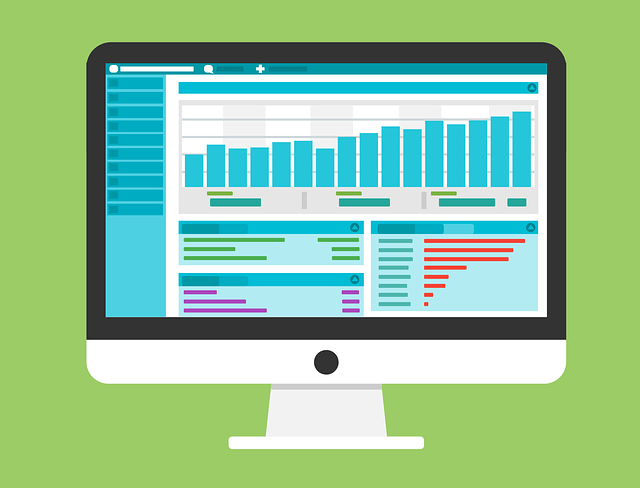Website Metrics, What Does it All Mean?
You’ve decided that you want to do something about your website. Maybe you’re getting lots of traffic and now that’s been on the decline, or you’ve decided that you want to start getting lots of traffic but you don’t know where to go.
Get a Benchmark
The first step that you need to do is get a benchmark measure in place so you know where you are so you can work out where you’re going. Every step you do in business, you need to be analytical and have the data to back up your decisions. There are three tools that we use that really make things easy. One of them is called PageSpeed Insights from Google. It’s a great tool, but it is in beta, so it’s not 100% finished off. The other one is Dareboost. It’s great! It gives you a very, very detailed report, but they do charge for them.
Our Favourite Tool
The one that you want to focus mainly on is called gtmetrix.com. That’s going to give you a very, very easy to read, as-if-you’re-at-school report, where it gives you anything from an A all the way through to an E. Like a naughty child, you want to make sure that you’re not getting these F’s and E’s. You want to get A’s and B’s. C’s get degrees, but A’s will get customers.
A Good Website Must Be Fast-loading

So there are lots of reasons why you want to have a fast website, that’s why we say this is the line in the sand and the first thing you need to change. Now, to get a fast website, it can cost you some money, but it’s totally worth it because you have saved all that money in the amount you’re paying for your ad words paid per click. So get your site running quickly, that’s number one every time, always number one.
Have Relevant Information
The next thing after that is to make sure that your site has information on it that’s relevant. Now, this one’s a bit harder to measure, but what I’d suggest is chart Google Analytics on your website. Then you’ll be able to see right at the start as your traffic’s trending down or trending up, so you’ll be able to see when you’ve made your website faster, how many more people are staying on your site, what your bounce rate is, and all these other cool stats that give you more information on exactly where your website is and where it’s going. Once you’ve got that implemented, start with the on-page stuff. The stuff you want to do is make sure what’s called your meta keywords and meta descriptions and titles and headings are working the way that they should and are geared towards the keywords that affect you in your industry that your customers might be looking for.
It’ll Take Time
Once you’ve got that under wraps, those steps, everything I’ve just said then is gonna take six to eight weeks to take effect. When you’ve done these things, you’re not gonna see the ramping up in Google Analytics for six to eight weeks, it’s quite a process. But you wanna have a fast website before you start changing things around on it, and you wanna have a fast website before you start promoting your website for customers to get there. So there’s an order to the chaos.
Make Good Content
So you’re at a spot, your customers hopefully are still consistent with where they’re going, the number of visitors you have coming to the website might be starting to peak up, but you really want to take the world by storm. The next thing you should be considering is writing good quality content for your site. Creating a blog or a podcast that you can give to your customers, that gives them informative, actionable information that they can then jump out and do something with. What it comes down to is you are the expert in your industry, so you’re gonna be able to give people advice on whatever your profession is. By doing this you will be elevating your position in the industry as someone who’s giving out great knowledge and someone who is giving back to the community.
Don’t Plagiarise
Google does not reward people for knocking off content, stealing it from someone else or having badly written stuff that’s being converted from English into Chinese,.Google, let’s face it, is smarter than you and I. They know what’s going on, they’re not silly ducks. So make sure that you’re making relevant content with keywords in it that your customers are looking for, and that will thrive you through to success faster than anything else.
How Regularly Should You Add New Content?
We get asked the question all the time, “How often should we be making an article for our website?” It all depends on the industry, how competitive it is, and all sorts of things like that. For us, in our industry, we release two to three a week at a minimum, and we’ve been known to release as many as 100 in 90 days. So it really varies. But there are other companies out there that do it once every two weeks, and that is perfectly fine. The thing that you gotta remember is you’re trying to take baby steps. You don’t want to start making 10 blog articles every two weeks just because. You want to make sure that you have measurable steps.
The Final Word
So that is an overview of the metrics that you should be looking at. Thank you and stay good!
Contact a CHB Leader in Managed IT Support to learn more about IT outsourcing and other IT security solutions for your business.
Do you want to receive quality content about technology, business growth, life and mental health every week?
[module-377]






























